An intelligent eye tracker allows for accurate, hands-free remote control of robots without the need for joysticks or other devices.
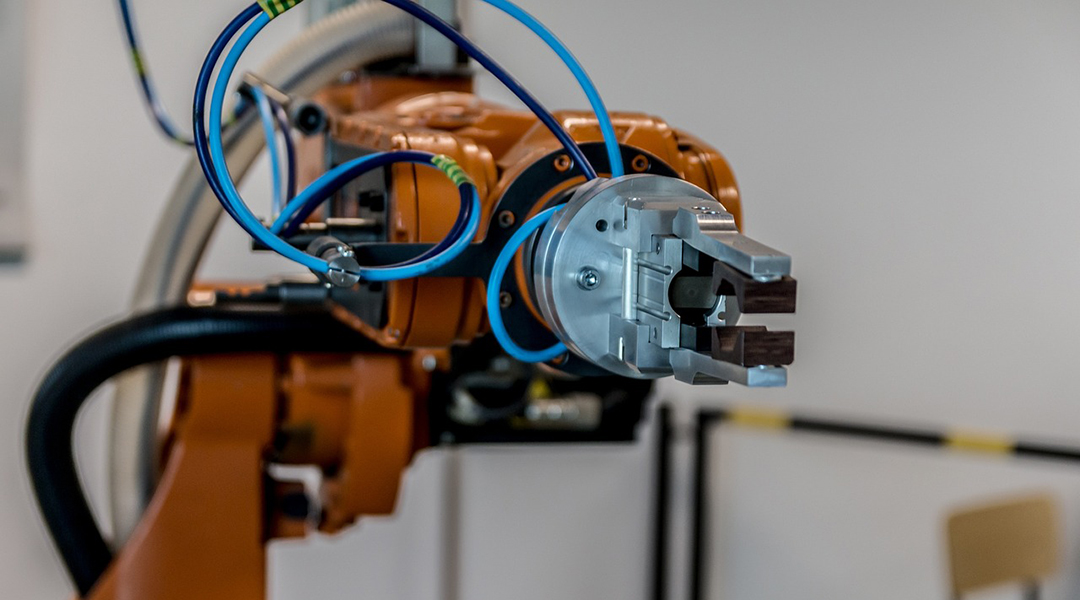

An intelligent eye tracker allows for accurate, hands-free remote control of robots without the need for joysticks or other devices.
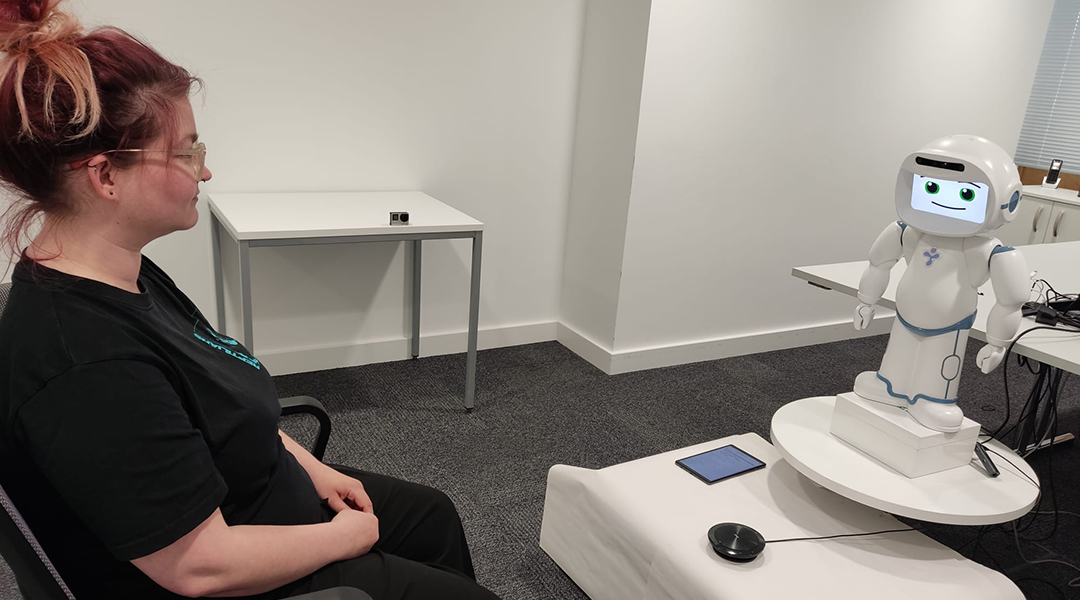
Just like successful therapist or coach relationships, machine-human relationships require engagement and trust if robots are to be useful.

Resembling a balloon filled with coffee grounds, this gripper uses granular jamming and electrostatic interactions to manipulate objects.

The replacement of rigid parts could help robots more closely mimic the humble worm to help them squeeze into tight spots.
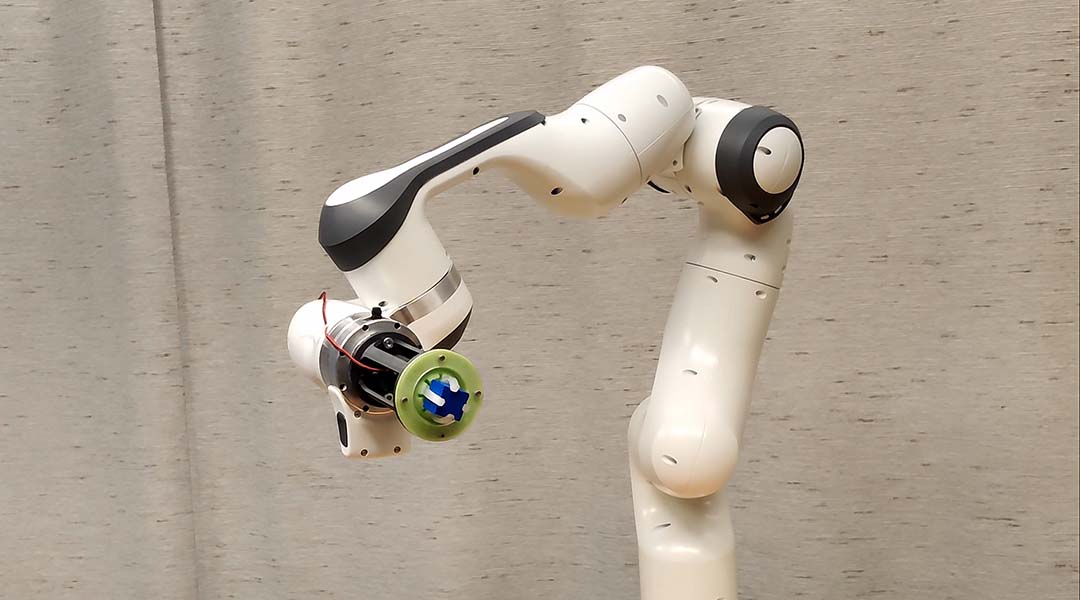
An innovative design allows for sensitive soft robots that can navigate difficult tasks and environments without bulky sensors.
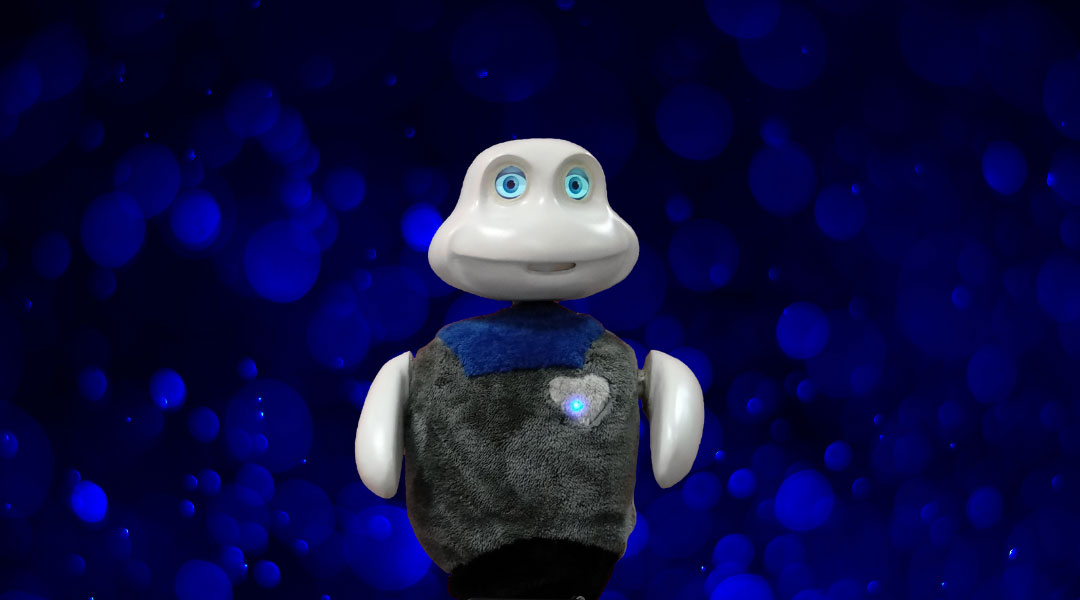
Modeling involuntary aspects of human behavior, such as blinking or even jet lag, might help build trust in robot-human interactions.
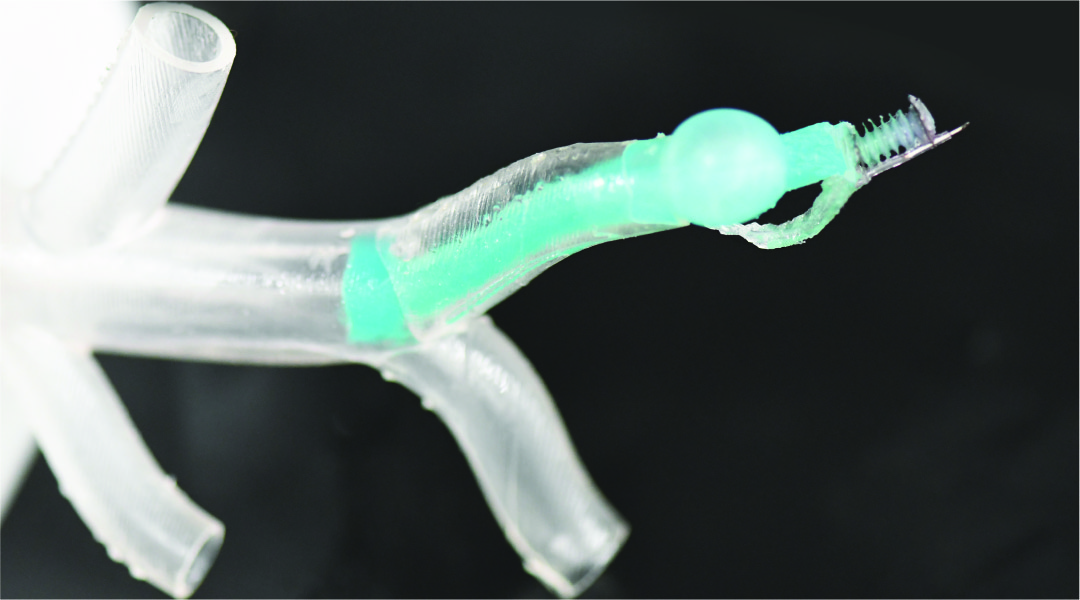
This tiny soft robot can be steered through the branches of the lungs without causing damage for safer diagnosis.
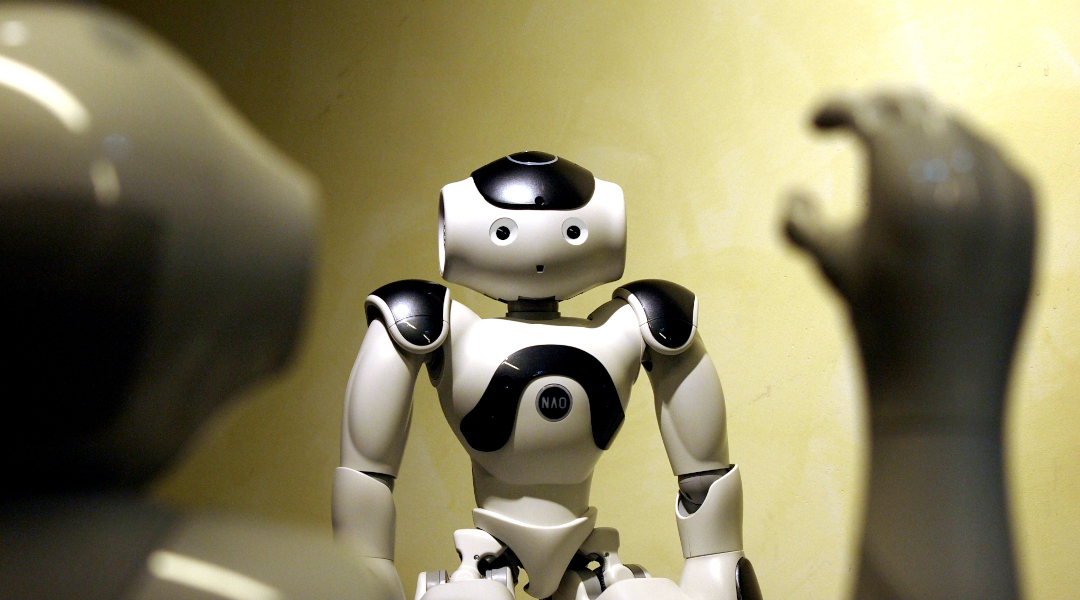
Event cameras mimic the human eye to allow robots to navigate their environment, and a new approach helps minimize computational costs.
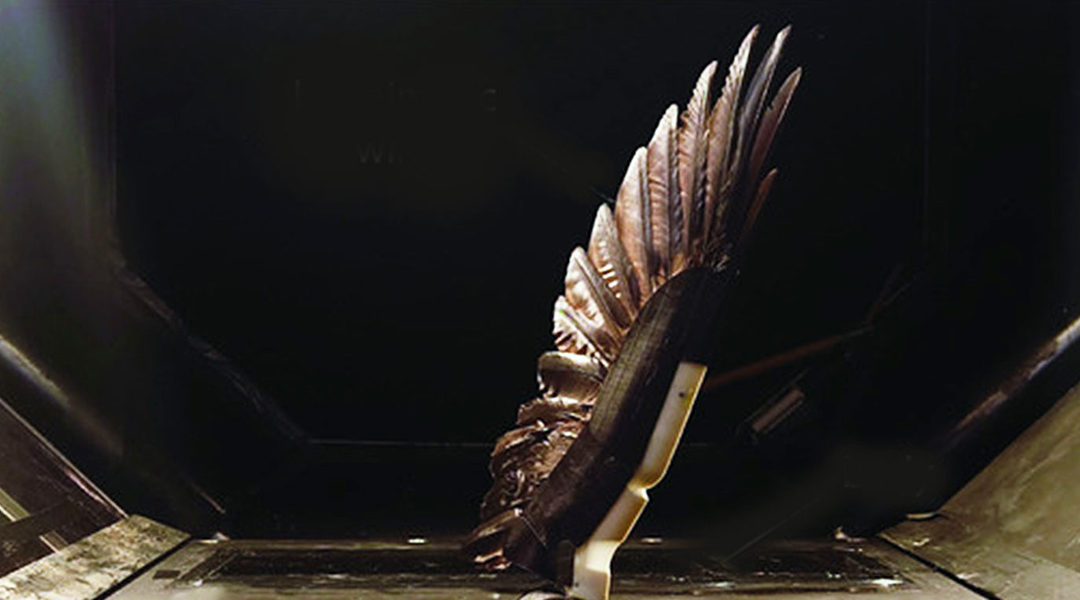
A newly built biohybrid wing could lead to new drone designs, and reveals that wing folding is key to efficient flight.
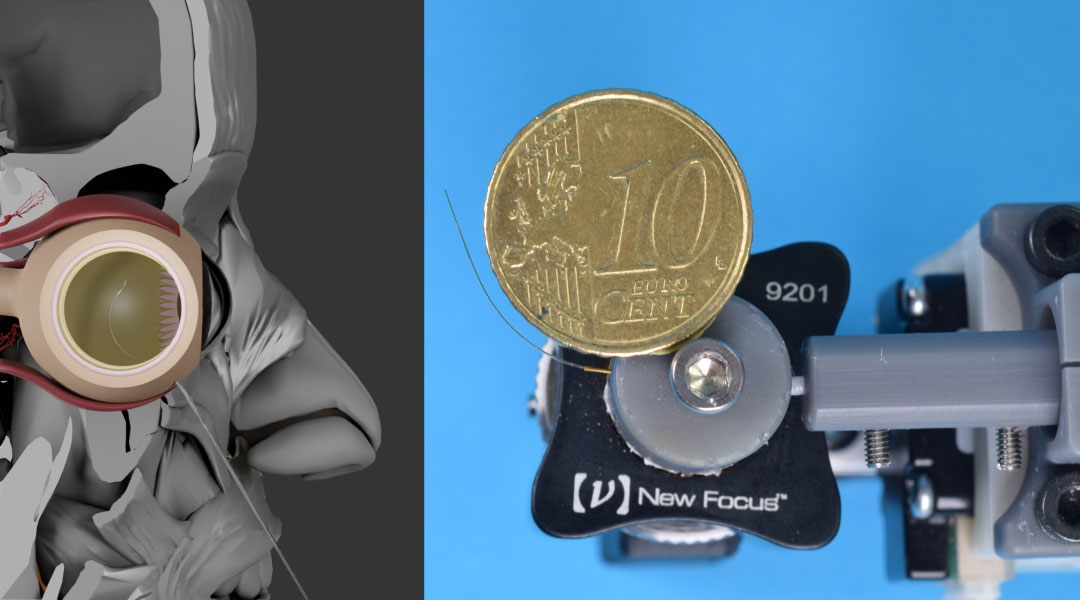
Scientists have high hopes for a tiny glass tube robot in improving the capabilities and safety of robots used in non-invasive microsurgeries.